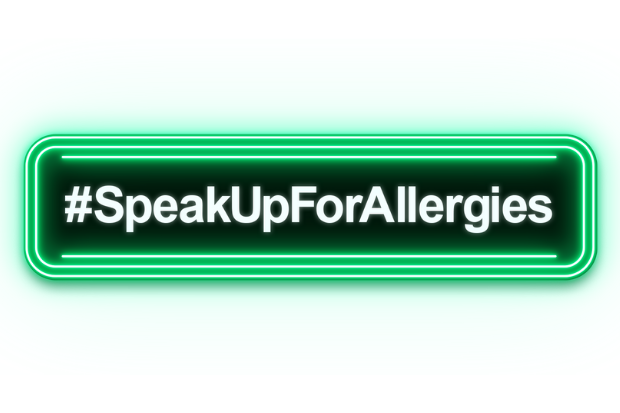In October 2021, following the tragic death of Natasha Ednan-Laperouse, we introduced a new allergen labelling law, also known as Natasha’s Law. Deputy Director of Food Policy, Natasha Smith, has written about the impact of the law and our next steps in relation to food hypersensitivity.
Nicholas Daniel discusses findings from two research reports commissioned by the FSA which help understand the economic and societal costs of living with a Food Hypersensitivity.
The Threshold Reactivity and Clinical Evaluation (TRACE) study looked at how sleep deprivation, exercise, and repeat allergen exposure over time, can affect the threshold of an allergic reaction
FSA Chief Executive Emily Miles discusses a new allergen labelling law, known as Natasha's Law, and the launch of the UK Anaphylaxis Registry.
Claire Florey, Food Safety and Regulatory Affairs Manager at Greggs discusses the learnings from their preparation for the PPDS change and shares examples that might be of help to smaller businesses.
Chief Executive Emily Miles reflects on the learnings from this year's Allergy Symposium and how discussions around precautionary allergen labelling and a potential Food Allergy Safety Scheme connect with the FSA's commitment to food hypersensitive consumers.
Ahead of the 2021 Food Hypersensitivity Symposium, Sushma Acharya looks at how we’re working to make the UK a place where food is safe, where allergy information can be trusted and where food hypersensitive consumers are included in our food culture.
As part of the #SpeakUpForAllergies campaign, Daniel Kelly, podcast host and founder of allergy awareness blog, May Contain, shares his experience of managing anxiety when eating out with a food allergy.
As the Speak Up For Allergies campaign launches, encouraging young people to speak to the restaurant every time they make an order, Arvind Thandi, Team Leader for Food Hypersensitivity, explores the campaign and why it's important to speak up every time.
Accurate and informed interpretation of data is key to responding effectively to public health matters. Here Ross Yarham explores the learnings of a significant study around food anaphylaxis and how it counters and corrects frequent misunderstandings of food allergy.










Recent Comments